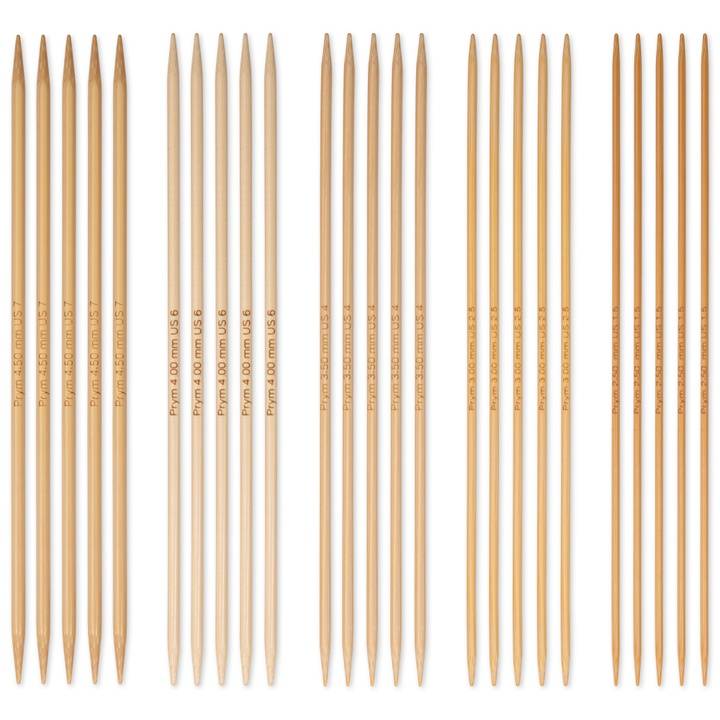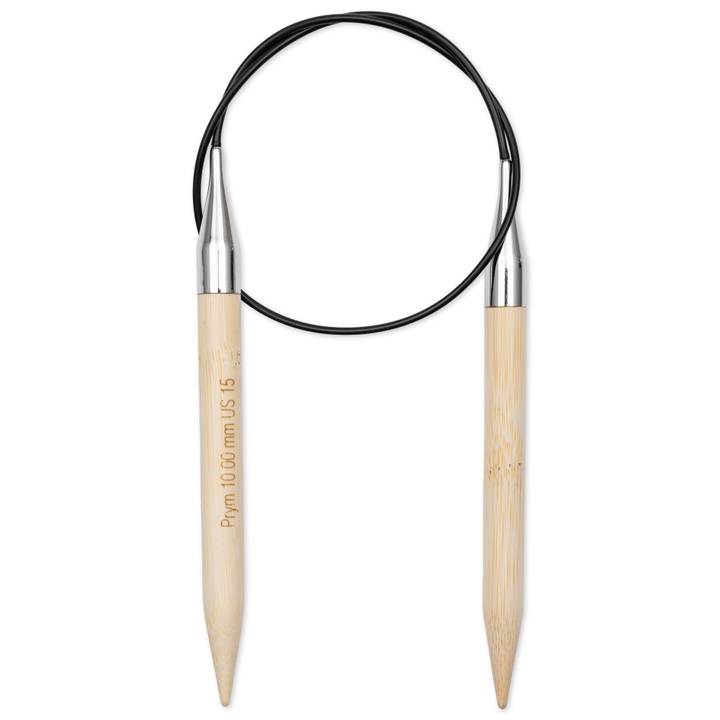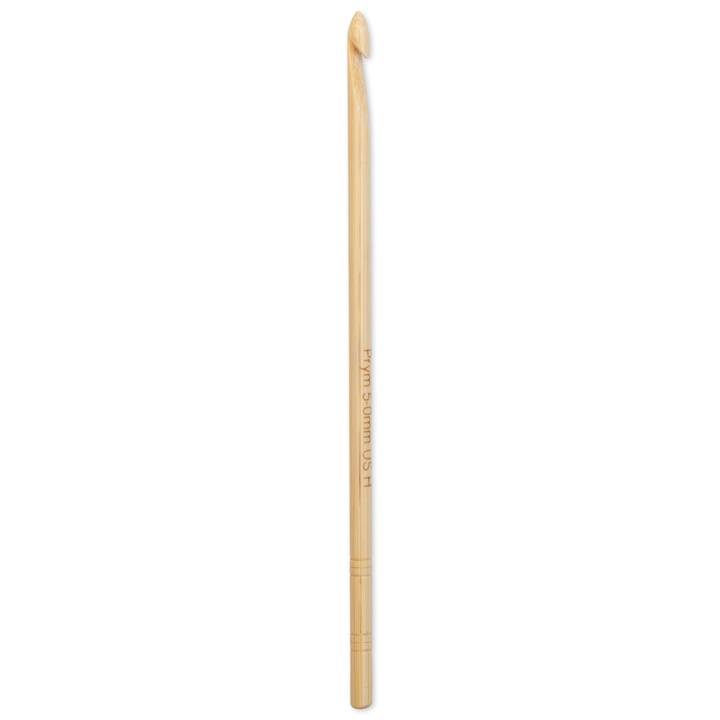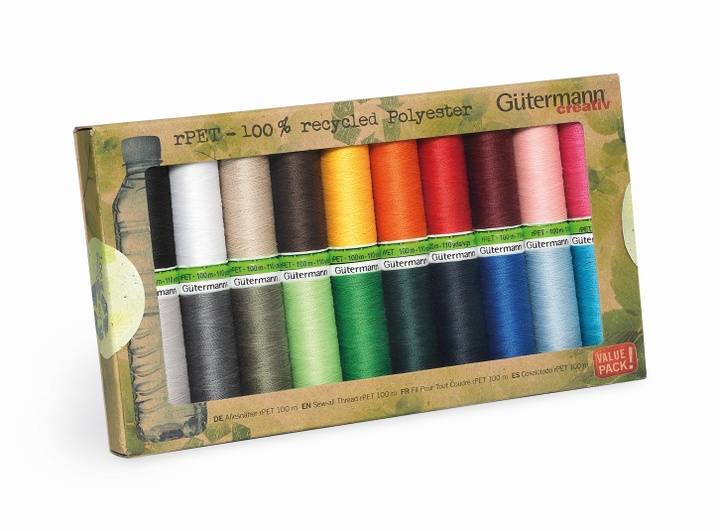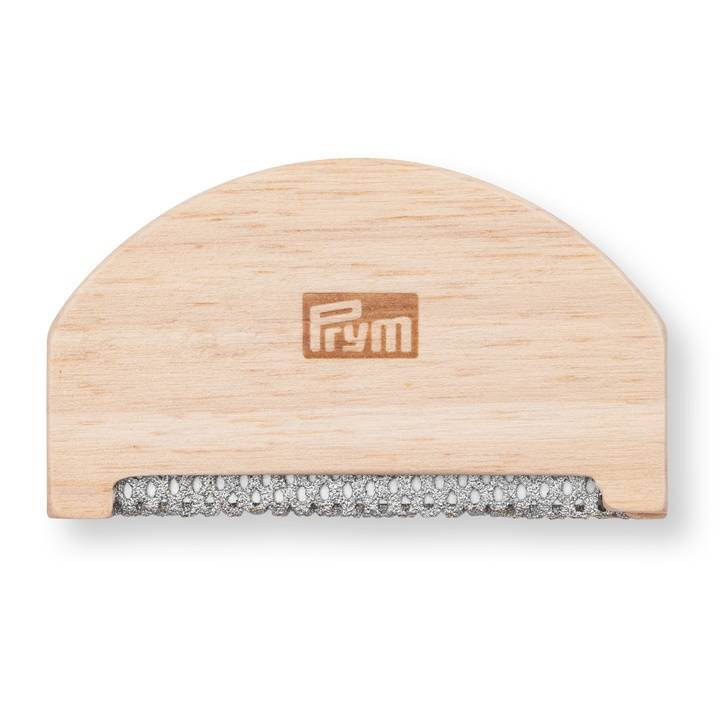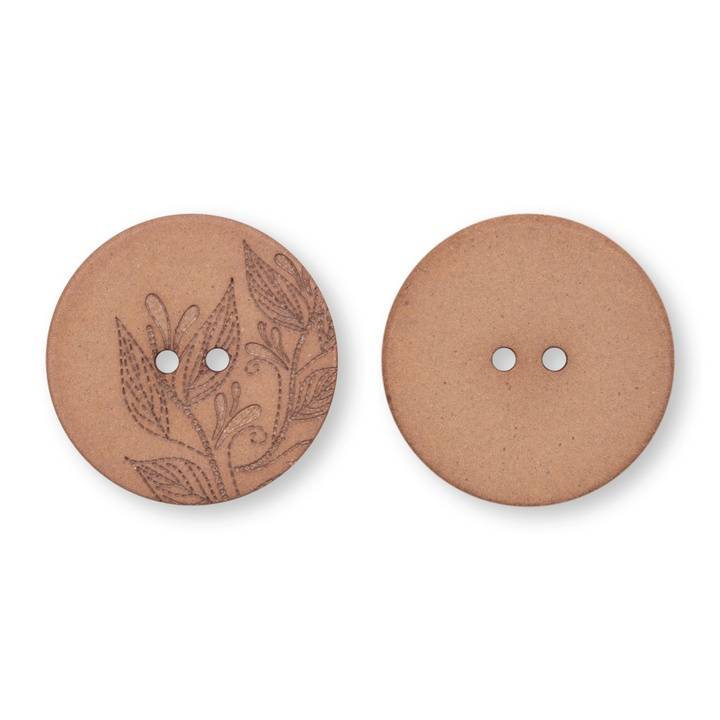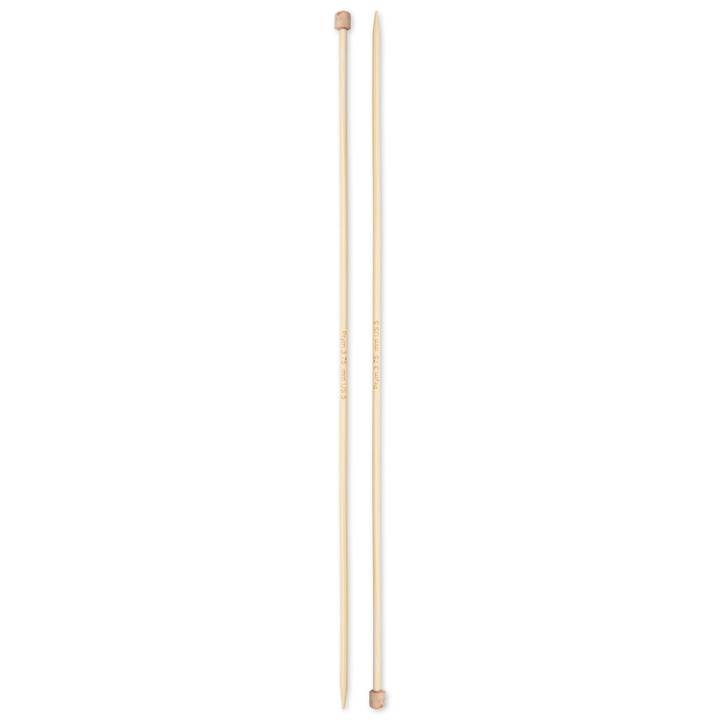Tips for your more sustainable life
Each ever so tiny step is another step towards change. Only together we can create change towards a more sustainable planet. In our ever-growing article we give you little tips on how to make your everyday life a little more sustainable, because in addition to avoiding single-use plastic and using beeswax wraps, you can take plenty of other steps.
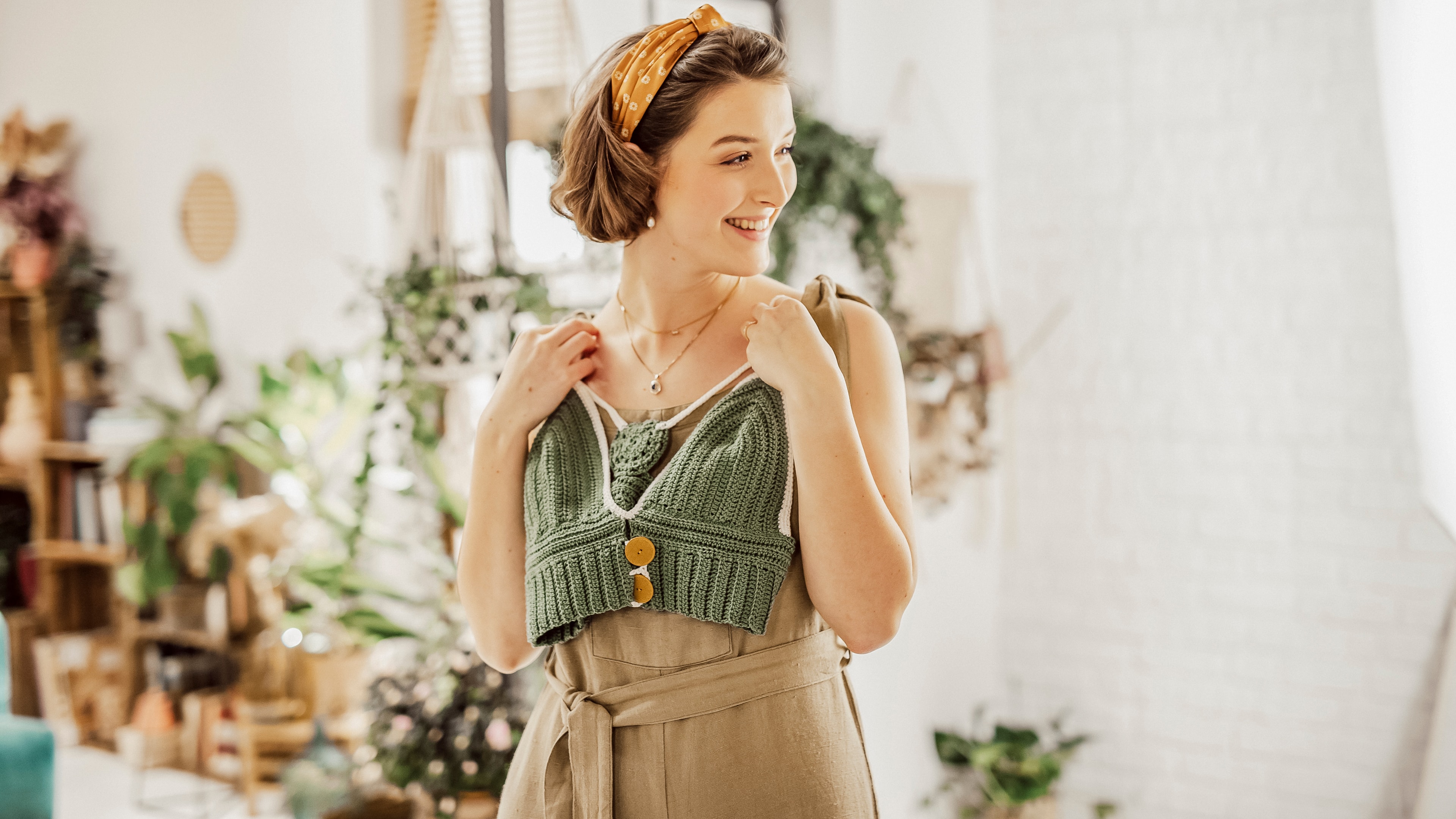
Second-hand and exchange parties
Sustainable and liberating: Rummage through your wardrobe and basement and gather together your worn-out favourite garments. These old treasures could bring fresh pleasure to a new owner and offer new opportunities. Exchange parties allow you to free your home from unwanted items, but you may also come across something or the other, which takes your fancy. Second-hand clothing is particularly sustainable not only because it can be used again, but also because it generates significantly less micro-plastic. As well as in exchange parties you can find old novelties in second-hand shops, flea markets and via portals such as ebay small ads. You have purchased something that takes your fancy and want to give it new life? No problem, tips and hints for your upcycling project are available here.
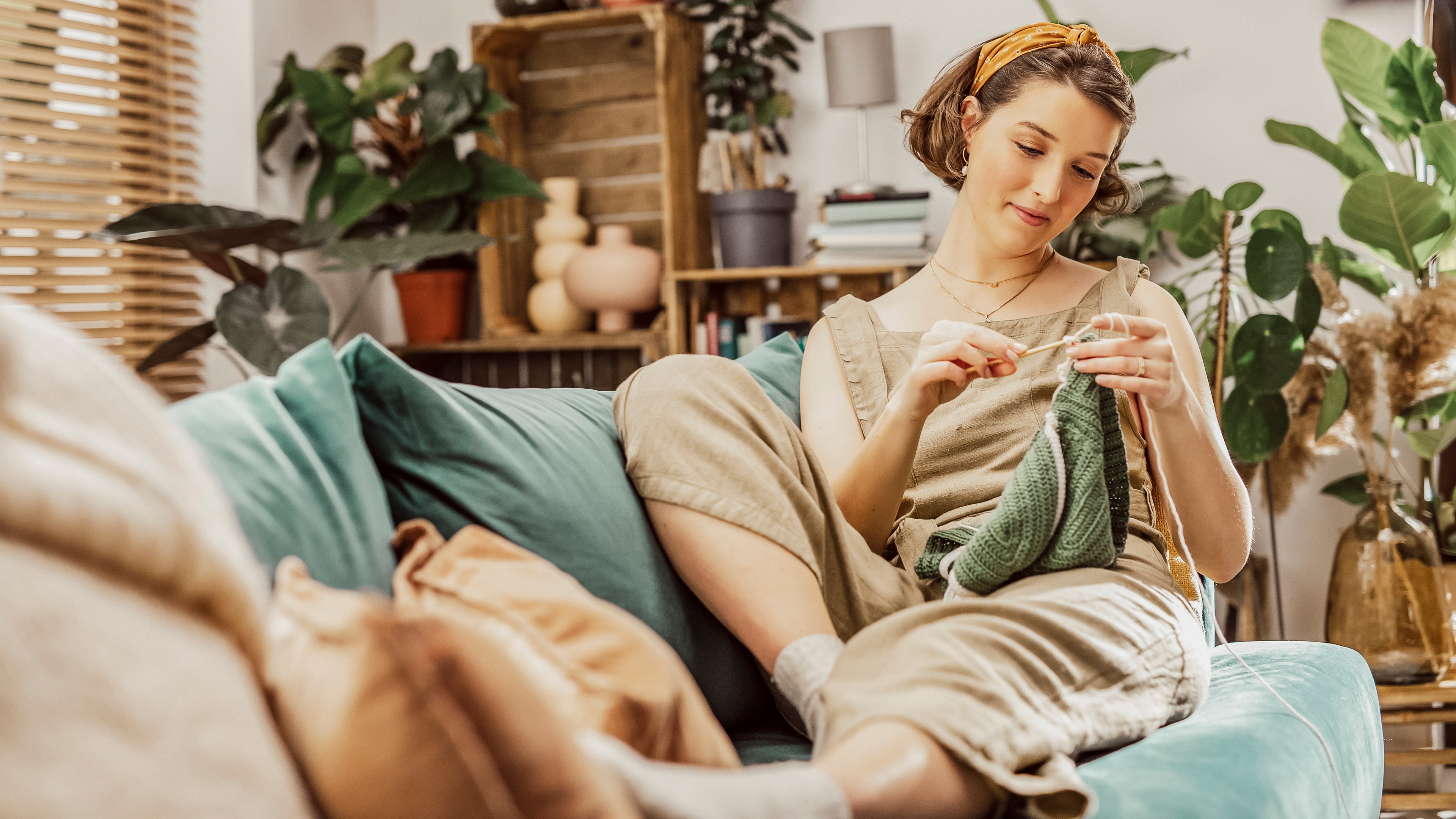
Soft wool instead of cotton wool pads
Each of us uses on average approx. 1,000 - 1,500 cotton wool pads a year, all of which end up in the rubbish bin, together with their packaging. It is quite easy to avoid this: using some left-over wool and a suitable needle or small pieces of fabric and a needle and thread, you can create your own sustainable version in the twinkling of an eye. These can simply be washed through and re-used for several years. The sustainable make-up remover pads can also be used as an attractive decoration in the bathroom.
That does not go far enough for you? Combine your make-up remover pads with sustainable cosmetics without micro-plastic in order to live a little more sustainably.
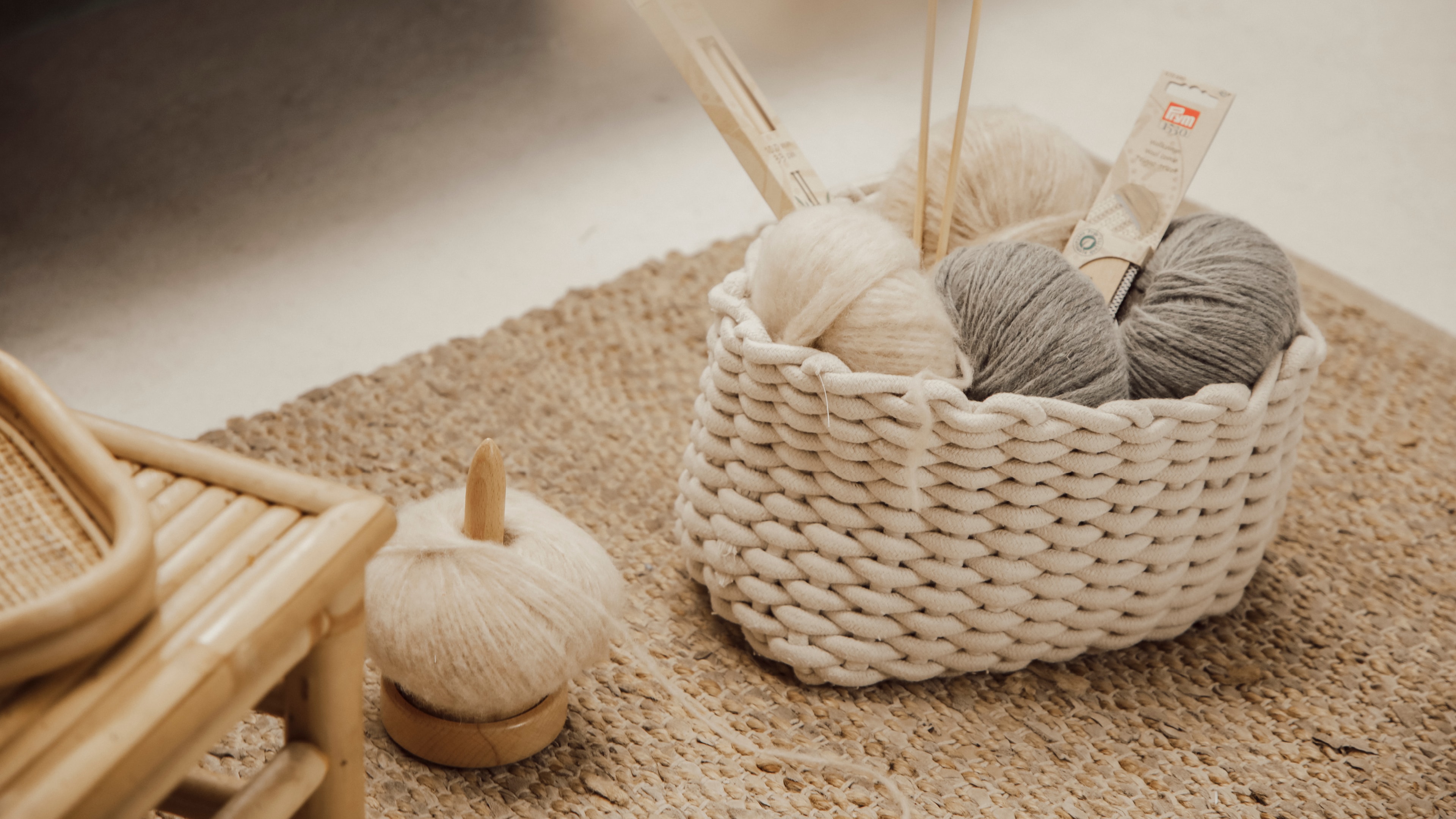
Sustainable fabrics and yarns
Just as we should shop sustainably for clothes, we should make a conscious decision to find sustainable material for our next project. How long do you want to wear it? Does the colour go with your clothes style and is it a durable material? In addition, fabrics and yarns have special seals, such as Oeko-Tex, which help you to decide on more sustainability.
Do you have further ideas on sustainability, which you would like to share? Then please send us your written feedback and make the site grow.
